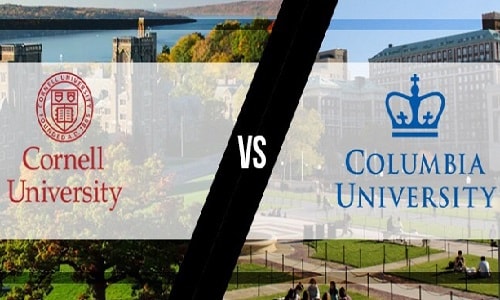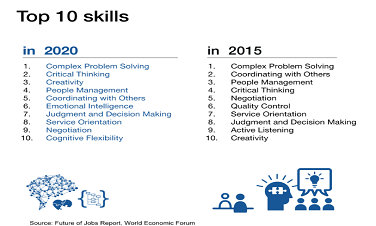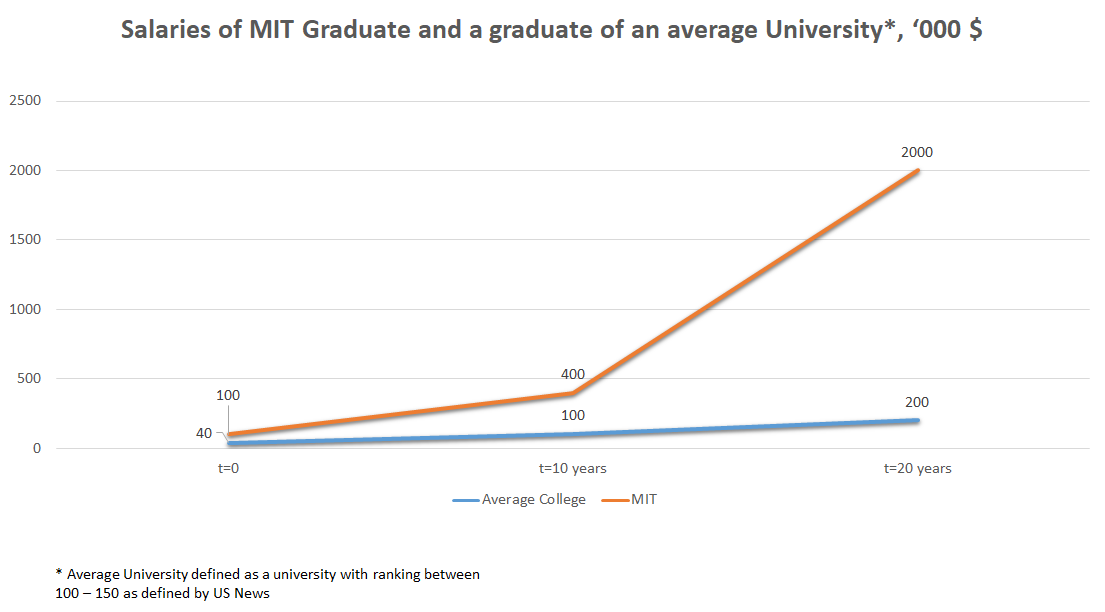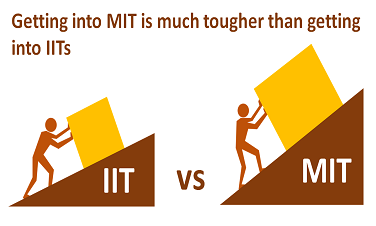The Power of Micro-narratives
- Written by UnivAdmitHelp
- Category: Admission Application
- Published on 05 Feb 2019
We have talked about the power of story-telling in building your admission application extensively. In here, we shall detail out the narrative building section and anchor it for a typical US application process. As we go along, we explain the concept of micro-narratives, which is at the heart of story-telling.
The protagonist in our case is Vishu – an engineering aspirant, who is keen to pursue Computer Science Engineering at a top university. When he came to us, his dream university was University of Waterloo. Now, that is not even his safe university. But that is a different story!
As we went along, we developed many anchor stories for Vishu to use in his applications. All of them together, made the master story – which morphed into different forms across different university applications. Here are his different 6-word stories –
1. SAT Maths – 800; SAT Maths II - 800
2. Rubiks Cube – 20 seconds. Blindfolded.
3. Mathematics at Work - Social Service
4. Mathematics at Work – Problem Solving
5. Hearthstone to teach Probability
6. P vs NP
7. Riemann Hypothesis
(The last two are 2 of the 6 Millennium Prize Problems set by the Clay Mathematics Institute in 2000, which, as of 2018, are yet to be solved)
And the mainstay of his application, as you would have already guessed, was –
8. Mathematics Genius. Wannabe AI programmer.
Please note that his story was supported by small narratives which made his main story whole. Each of these narratives supported a key pillar in his main narrative and while independent in many ways, created a huge impact when stitched together.
From the essay buildup perspective, we went about it in a methodical manner. We first started with UC questions. While the deadline in Nov 30 (much later than the EA and ED deadlines for other universities), we could still develop these different storylines as answers to all the eight questions in there. These eight stories captured the essence of Vishu’s narrative. He was able to substantiate his commitment to Mathematics and conclusively prove that he has put his mathematical capacity to good use as he solved problems around him. In fact, he showed purposive intent (and a little bit of vulnerability) as he talked about the unsolved mathematical problems (P vs NP; Riemann Hypothesis) which he tried to solve, albeit unsuccessfully. Further, he could put forward conclusive data points – 100% scores in his SAT attempts; various statistics and probability events that he attended and won, etc.
His story of future was related and was all powerful. Rooted in his love for Mathematics and using it to solve problems, he talked about how he looked forward to major in Statistics and data-sciences to evolve into an efficient AI programmer. He expressed his intent through anchor online courses like CS 50 (Computer Science course by Harvard University, and participation in competitions like Codechef, Kaggle, etc.
These 8 narratives were later repurposed to serve the needs of other university applications – Common and Coalition App and other colleges’ supplementary questions.
He got admitted to UCLA, UC Berkeley, Caltech, UWash, Cornell and GeorgiaTech for studying Computer Science. Certainly, a far better result than University of Waterloo that he was previously hoping for.
Other Related blogs
The Power of Narrative in the context of your Admission Application
A Good Statement of Purpose tells a Great Story
Recent Posts
-
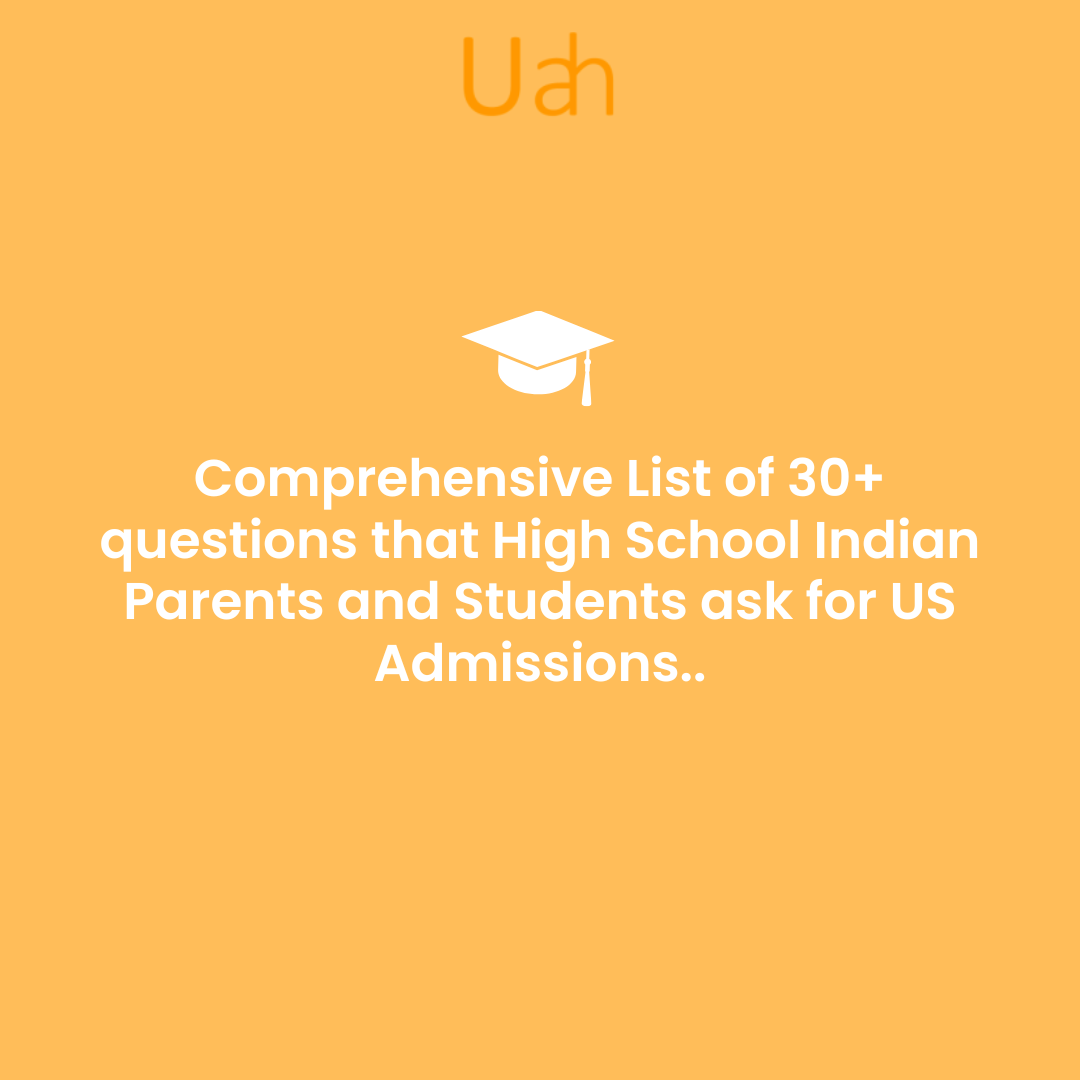
Comprehensive List of 30+ questions that High School Indian Parents and Students ask for US Admissions..
-
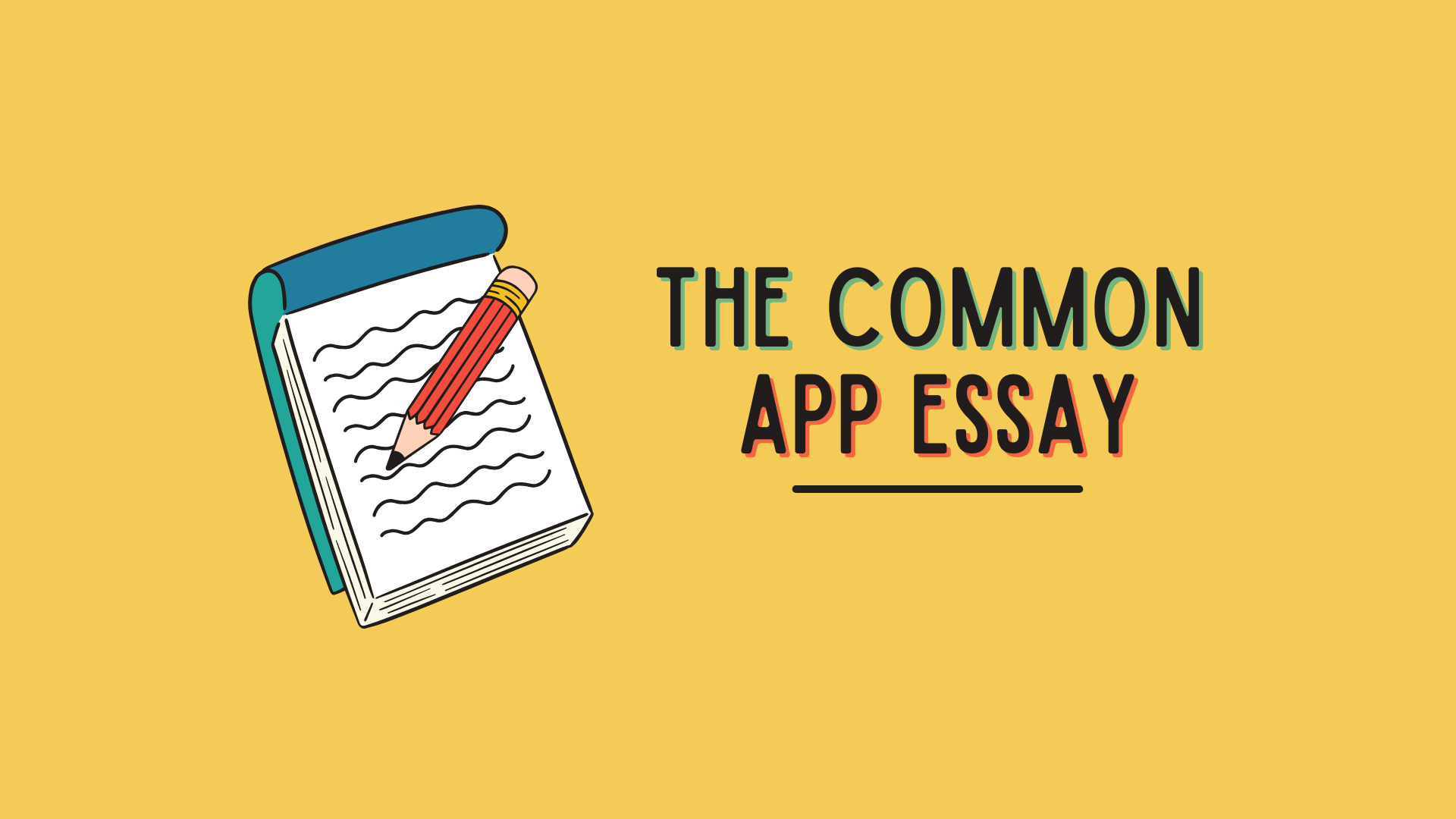
Common App Essay Tips 2025
-

Best extra-curricular activities for college admission for Indian students
-

How Many Universities Should You Apply To? Expert Tips for U.S. and U.K. Admissions for Indian Students
-

Step-by-Step Guide to Creating an Exceptional Capstone Project for Indian Students
